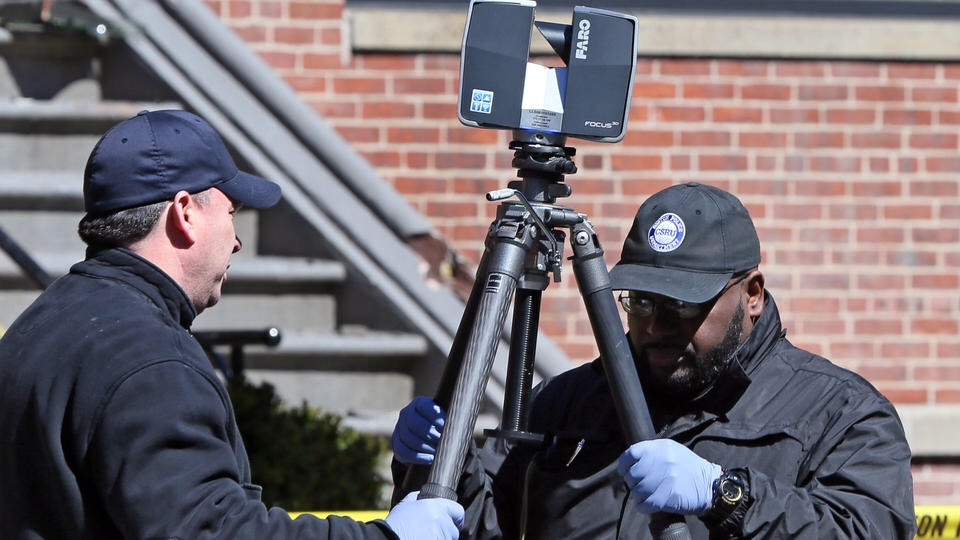Boston, Massachusetts
Improving Homicide Clearances Using an Experimental Design

Project Overview
The City of Boston had a 44-percent homicide clearance rate in 2011, almost 20 percent below the national average. The Boston Police Department (BPD) also lacked formal training for homicide investigators that included clear protocols and policies. In response to these concerns, the Boston SPI aimed to implement a rigorous statistical analysis to determine whether new investigative processes and procedures would improve homicide clearance rates relative to traditional investigative operations. The project focused on problem analysis of homicide clearances, implementation of homicide processes, and the development of new homicide investigative procedures.
- Conducted spatial analysis on 314 homicide victimizations.
- Convened a Homicide Advisory Committee.
- Expanded the police department homicide unit by 36% to include an additional detective, a crime analyst, and two Victim-Witness Resource Officers on each squad.
- Updated 40-hour crime scene response and investigation in-service training.
Methods and Findings
Research Design
Process evaluation of homicide protocols, impact evaluation during the implementation period, overall outcome evaluation of clearance rates.
Findings
- 9.8% increase in homicide clearance rates.
- 18.4% increase in adjusted homicide clearance rates (including cases awaiting a grand jury).

